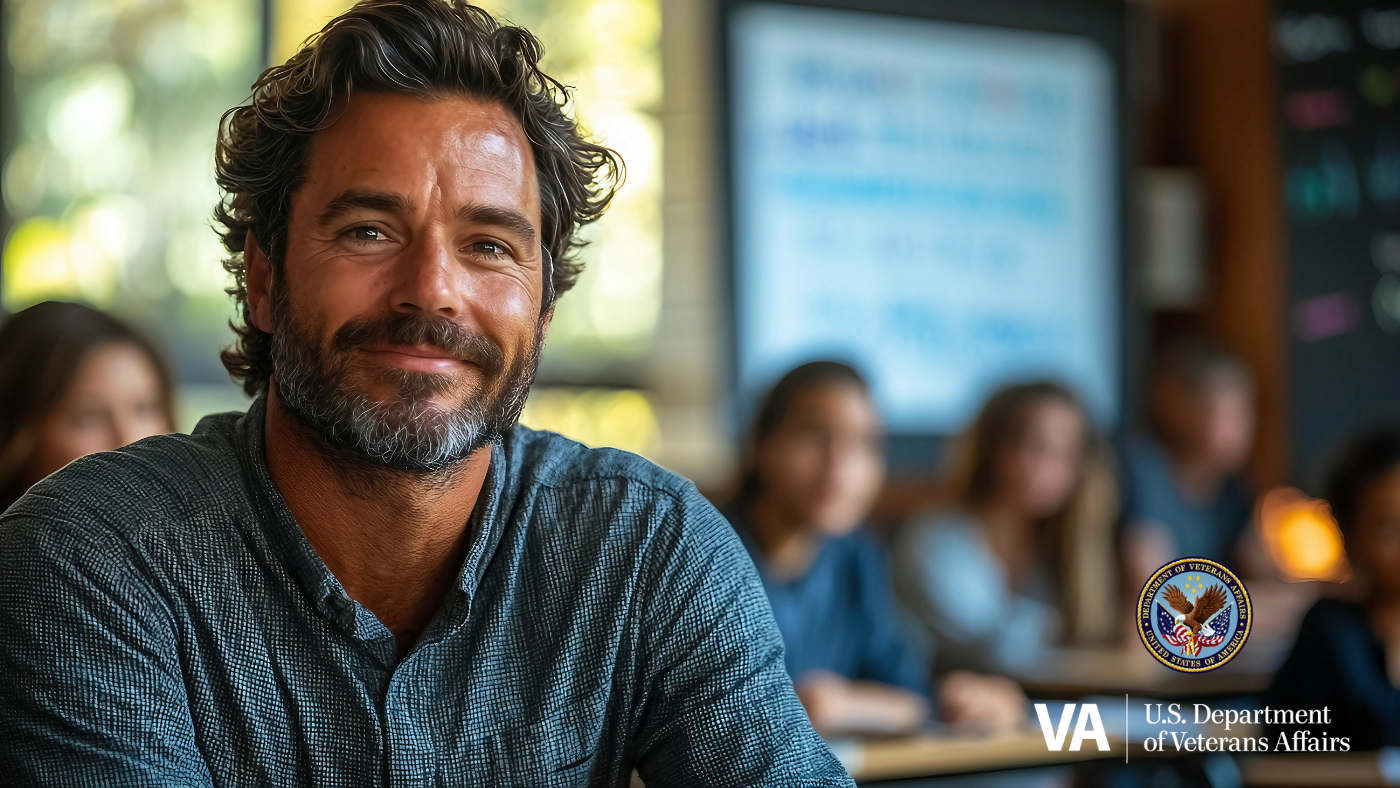My buddy Steve and I had only two weeks for mid-tour leave from Iraq, and we decided to tour Western Europe to see the sights, but all roads (and railways) led to Normandy.
At some point, every student of military history arrives on June 6, 1944. D-Day acts as a lynchpin that holds together a brilliant battlefield success, extraordinary acts of bravery, and a daring plan that would either result in astonishing victory or agonizing defeat.
General Dwight Eisenhower knew this better than anyone and drafted a preemptive letter claiming responsibility for the failed invasion. “The troops, the air and the Navy did all that bravery and devotion to duty could do. If any blame or fault attaches to the attempt it is mine alone,” the letter said. Freedom’s march across the English Channel suppressed the letter from becoming reality.
The cost to shatter the Atlantic Wall was tremendous. The U.S. military suffered more than 6,000 casualties, and Allied forces combined for between 2,500 and 5,000 killed in action in a total that is still disputed.
The stories and legacies that resulted from D-Day instantly became some of the greatest tales in our history. From the 101st and 82nd Airborne parachuting behind enemy lines in the dark, scattering units all across the Normandy countryside, to the Rangers scaling the cliffs at Pointe du Hoc, who incurred horrific losses only to find the artillery guns they were ordered to destroy had been moved a mile away, the battles and struggles that led to victory on June 6 were large and small.
Some moments were captured in photographs and given posterity in movies and TV shows. Some aspects of the campaign weren’t battles at all; Operation Fortitude, for example, was an extensive deception campaign to mislead German intelligence. Other moments—a life saved by a medic on the beach, or a French civilian sharing food with Allied liberators—quietly led to one of the most successful military operations in human history.
While my infantry company was engaged in house-to-house fighting in Iraq, Steve and I walked along the Normandy coast and up to Pointe du Hoc, where feats of heroism helped retake the European continent from the Axis Powers. The beach was calm and quiet; the tide hasn’t been blood red in 68 years. Tourists from across the world climbed over destroyed bunkers and walked into impact craters.
Standing on the wet sand of Omaha Beach, I picked up a piece of rock, stuck it in my pocket, and carried it from one war into another.
Additional links
D-Day Veterans Become Roommates at VA medical center
The U.S. Army’s collection of D-Day photos, documents, and other resources
Topics in this story
More Stories
VA has updated its process for awarding G.I. Bill benefits. This means that many Veterans who served multiple periods of military service (for example, Veterans who reenlisted) may be eligible for additional benefits for themselves or their beneficiaries.
Summer Sports Clinic is a rehabilitative and educational sporting event for eligible Veterans with a range of disabilities.
Report examines the input of over 7,000 women Veterans: They are happier with VA health care than ever before.








Alex,
I’m an editor at Sound Publishing in Washington state. We have a veterans publication and I would like to run this blog you wrote on the visit to Normandy in a section we call The Bond.
You can reach me back at gskinner@soundpublishing.com,
I would love to run this.
Greg Skinner
Alex: I sure hope that a lot of WWII vets read this blog. I KNOW they would really appreciate your remembrance of them and their sacrifices! Keep up the great job!
Awesome photos. I was a cox’n on a LCM (Landing Craft) during my time in the ARMY 1974-77.
American troops remain the best in the world and history will know that.
Beautifully written. May God’s love be with you~<3